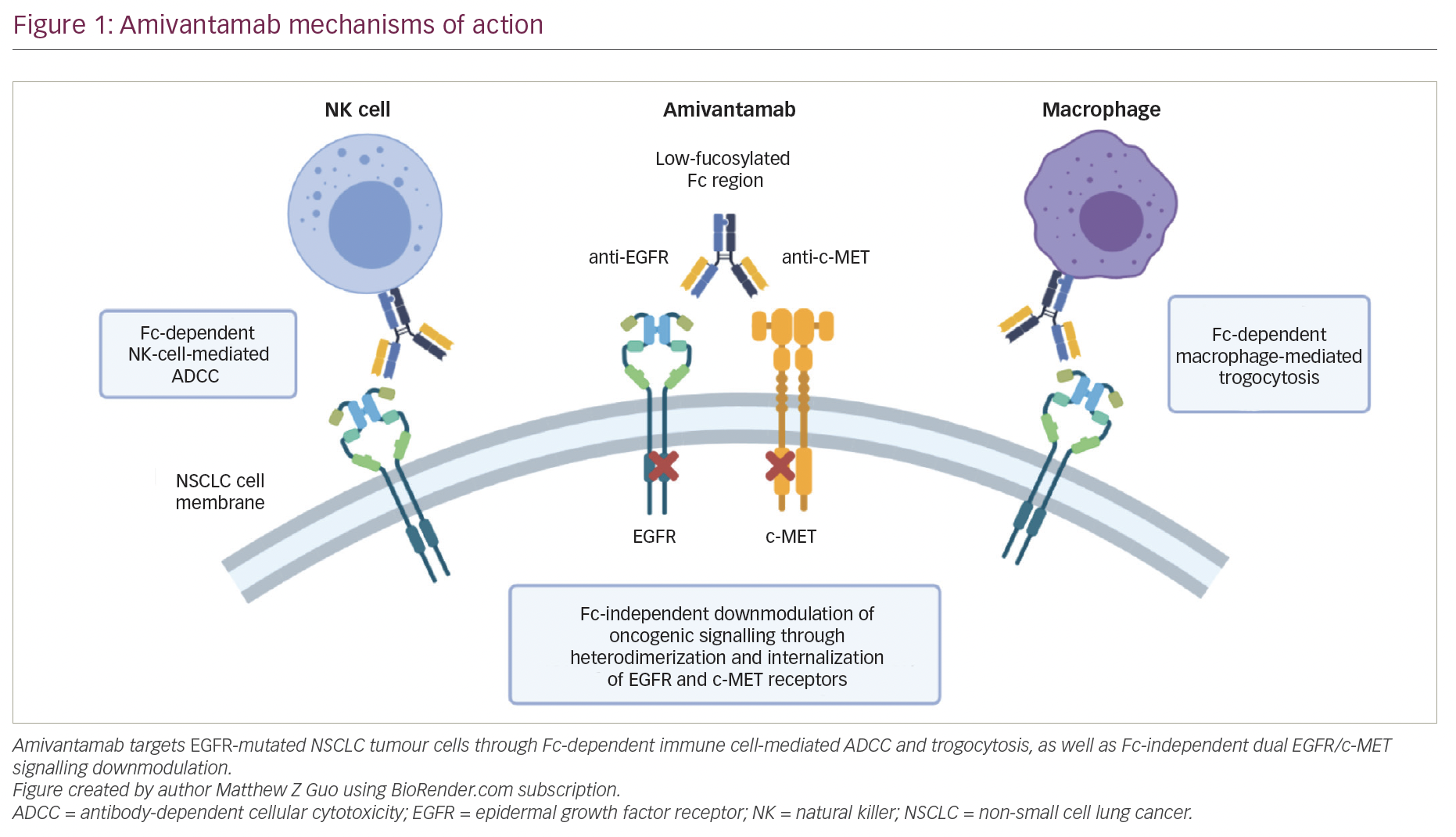Non-small-cell lung cancer (NSCLC) accounts for approximately 80% of all lung cancer cases. About 50% patients present with locally advanced or metastatic disease, and their five-year survival amounts to less than 5%.1 First-line chemotherapy in advanced NSCLC usually consists of a combination of cisplatin or carboplatin with a thirdgeneration agent (paclitaxel, docetaxel, gemcitabine or vinorelbine). About 30% of patients treated in first-line with one of these combinations achieve a response lasting for four to five months. For a long period the results of second-line treatment of advanced NSCLC were disappointing in terms of both response rate and survival.
Single-agent Chemotherapy
Docetaxel (Taxotere®, sanofi-aventis) as second-line treatment was the first drug to show in phase III trials an advantage in survival and quality of life (QoL) compared with best supportive care (BSC) (TAX 317)2 and with single-agent treatment with ifosfamide (Ifex®, Bristol- Myers Squibb Co.) or vinorelbine (Navelbine®, Pierre Fabre Pharmaceuticals) (TAX 320).3 The better toxicity profile with the weekly compared with the three-weekly schedule was shown in the TAX 320 trial and confirmed in many randomised clinical trials and two meta-analyses,4,5 with no significant differences in survival. Recently, the multitarget antifolate agent pemetrexed (Alimta®, Eli Lilly and Co.) demonstrated a similar clinical response to and a better safety profile than docetaxel in second-line treatment of NSCLC patients. Both agents provided a median survival of about eight months, one-year survival of 30% and a response rate of 10%, with less haematological toxicity in the pemetrexed arm.6 Due to its good toxicity profile, even elderly and performance status (PS) 3 patients, for whom the American Society of Clinical Oncology (ASCO) guidelines contraindicate any chemotherapy, could benefit from pemetrexed.7,8 Histology is an important factor in treatment selection in both firstand second-line treatment with pemetrexed, due to the different expression of thymidylate synthase (TS) between adenocarcinoma and squamous cell carcinoma. A retrospective analysis of the data ofthe pemetrexed versus docetaxel phase III study indicated that the squamous cell subgroup patients treated with docetaxel had statistically better survival than patients treated with pemetrexed. Conversely, in the non-squamous subgroup pemetrexed was statistically superior to docetaxel.9 Among third-generation cytotoxic agents, gemcitabine (Gemzar®, Eli Lilly and Co.) and paclitaxel showed promising activity and acceptable toxicity profile as single agents in the second-line treatment of advanced NSCLC.10,11 Some patients seem to benefit more than others from second-line treatment with paclitaxel (e.g. patients with stable disease after a first-line platinumbased therapy, or a longer time to relapse). Table 1 shows some meaningful phase III trials performed in recent years.
To read full article please click here







